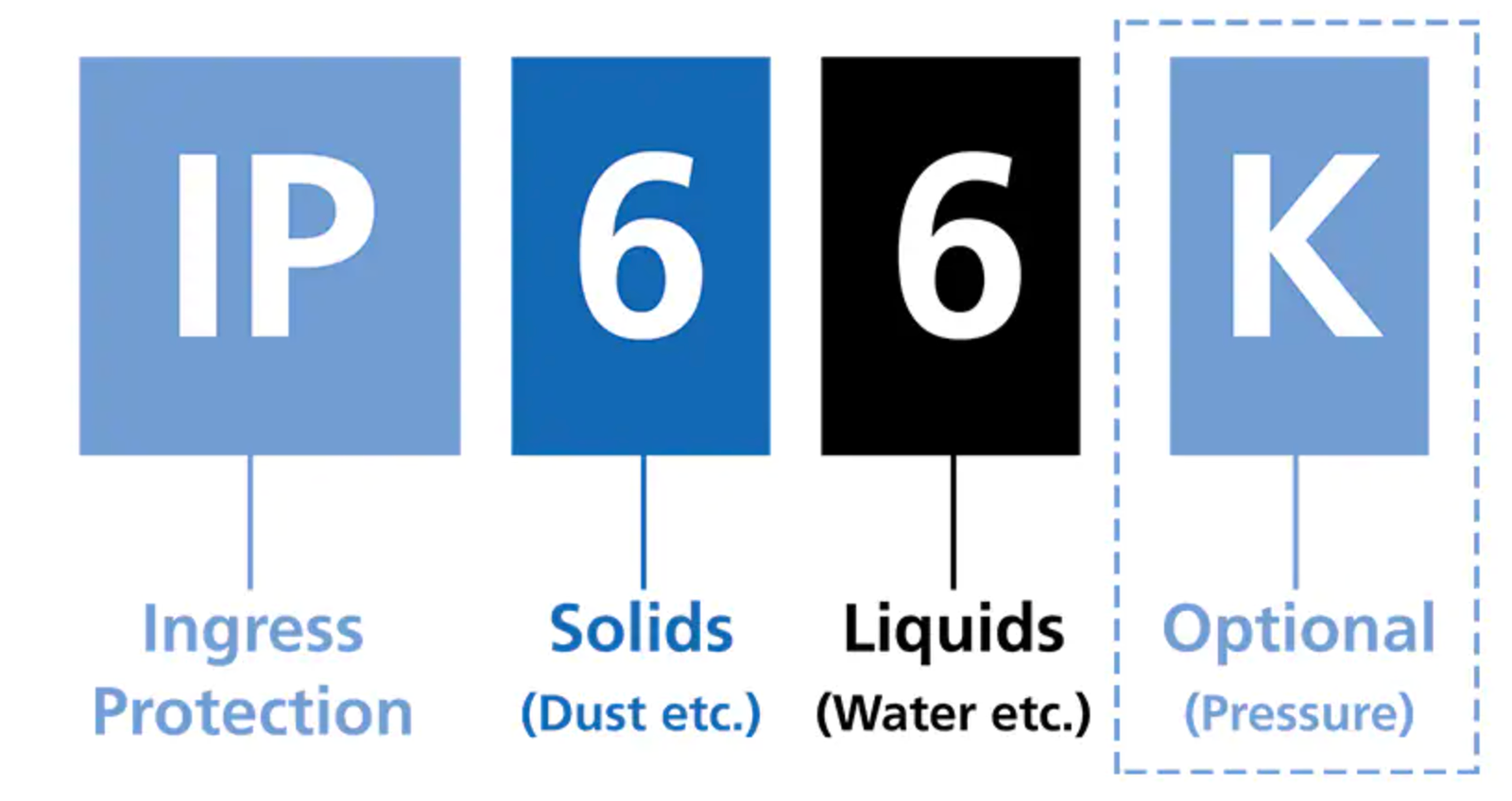When it comes to selecting audio equipment that can withstand the elements, understanding IP ratings is crucial. These ratings provide clear insight into how resistant a device is to water and dust, ensuring you choose gear that matches your needs, whether for outdoor adventures, workouts, or everyday use. Here’s a simplified breakdown to help you navigate the world of IP ratings with confidence.
Key Highlights:
- IP ratings indicate a device’s level of protection against water and dust.
- The first digit in an IP rating represents dust protection, on a scale from 0 (no protection) to 6 (dust tight).
- The second digit signifies water resistance, ranging from 0 (no protection) to 9K (high-pressure water jets).
- Devices may also carry supplementary letters for additional protections, though these are less common.

Understanding IP Ratings
An IP rating, which stands for Ingress Protection, is a standardized measure that denotes how well an electronic device can resist entry by foreign objects, including dust and water. The rating itself comprises two numbers: the first indicates the level of dust resistance on a scale from 0 to 6, and the second shows water resistance on a scale from 0 to 9K. Higher numbers mean better protection.
Solid Particle Protection
The initial digit of the IP rating reveals the degree of protection against solid particles. This scale ranges from 0, indicating no protection, to 6, which means the device is completely dust-tight. For audio gear, a higher first digit is preferable in environments prone to dust or other small particles.
Liquid Ingress Protection
The second digit in the IP rating system is perhaps of more interest to those worried about water damage. It starts at 0, offering no protection, and extends up to 9K, which includes protection against close-range high-pressure, high-temperature spray downs. The common ratings for consumer audio gear typically range from IPX4 (protection from splashing water) to IPX7 (protection against immersion in water up to 1 meter for 30 minutes) and sometimes IPX8 (protection against continuous submersion in water beyond 1 meter).
Water-resistant vs. Waterproof: What’s the Difference?
While often used interchangeably in marketing, “water-resistant” and “waterproof” have distinct meanings under IP ratings. Water-resistant devices can withstand water penetration to a degree but are not immune to water damage under all conditions. For example, devices with an IPX4 to IPX6 rating are considered water-resistant, capable of handling splashes or light rain but not suitable for submersion. On the other hand, waterproof devices, such as those rated IPX7 and above, can be submerged in water for limited periods without sustaining damage.
Choosing the Right IP-Rated Audio Gear
When selecting IP-rated headphones, earbuds, or speakers, consider the specific conditions under which the device will be used. For outdoor sports or environments where the gear might be exposed to rain, sweat, or splashes, look for a minimum of IPX4. For activities involving submersion in water, such as swimming, opt for products with an IPX7 rating or higher. It’s also worth noting that some devices offer protection against sweat, which can be more corrosive than water due to its chemical composition.
Final Thoughts
IP ratings provide a valuable guideline for assessing the durability and resistance of audio gear against water and dust. By understanding what these ratings mean, you can make informed decisions that match your lifestyle and usage needs, ensuring your investment is protected against the elements. Remember, while a higher IP rating generally indicates better protection, consider the specific requirements of your activities and the environments in which you’ll use your gear to choose the most appropriate product.
Conclusion
IP ratings are more than just numbers; they’re a testament to the resilience of audio gear in the face of environmental challenges. Whether you’re a fitness enthusiast, an outdoor adventurer, or simply someone who appreciates longevity in their devices, paying attention to these ratings can lead to more satisfying and reliable usage experiences.


















